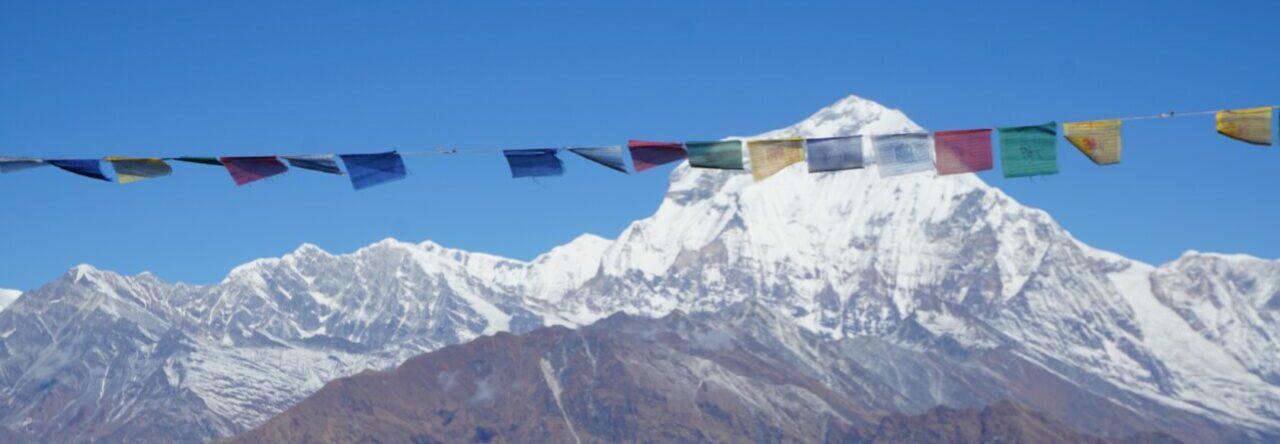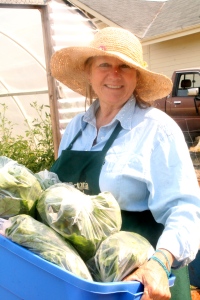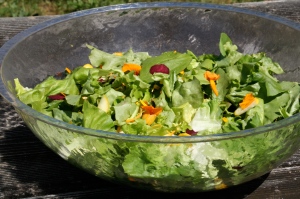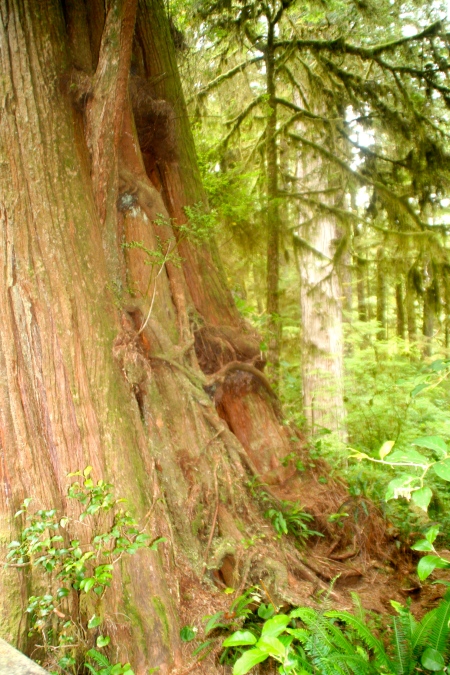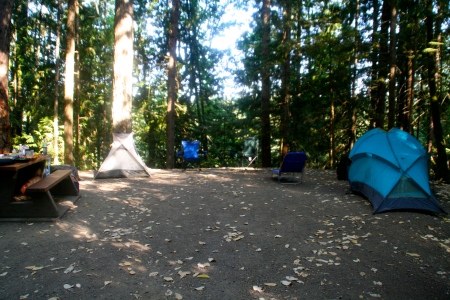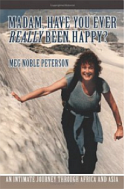“What’s the matter, Meg?” you say. “Are you obsessed with summer heat?” Well, maybe just a tad. I’ve recently returned from a glorious month in Seattle, Whidbey Island, and Vancouver Island. I grooved on wearing polar fleece in the morning and evening and not having to apply sunscreen…even in midday. I curled up in my sleeping bag under a clear starry sky, surrounded by tall fir and cedar trees, in the depths of the Canadian forests. I climbed past glacial pools and over roaring waterfalls in the mountains rising at the center of the island.
And then I returned to New Jersey! Need I say more? I have no air conditioning and am wondering if the Brownie points I gain from being “green “ are worth the suffering in 100-degree weather. Then I think of those poor people in Russia with their heat and fires, and know that I can stick it out until my time comes to be in New Hampshire’s Lake Winnipesaukee, which starts this Sunday. And don’t try to get me out of the water!
I’ve vowed to keep my entries short, so here is a pictorial recap of some of the highlights of my trip. It’s not easy to select from 500 photos, but I’ll do my best.
My first two days were spent in Kirkland, WA, visiting two old friends, Nancy and Bob Quickstad. Here’s Nancy standing by Snoqualmie Falls east of Redmond, WA.
For almost two weeks, I worked in the Good Cheer Food Bank Garden and the Whidbey Institute at Chinook Westgarden with my daughter, Cary Peterson, and once again gained new respect for those hardy souls who work as itinerant farm laborers. I also ate some amazing veggies right off the land. As I did last year, I observed the work being done with young people at risk, who, instead of being sent to detention, are given a chance to experience work in a garden and get positive feedback from adults who really care. These gardens supply quality organic food to over 800 families on the island who could not afford supermarket prices. This is a group of people who really care about the welfare of its citizens…with no strings attached. The aim is a hunger-free community for all.
Me, the beet-picker…
Volunteers of all ages work at the Good Cheer Garden
Every year I go camping and hiking with Jon Pollack, whom I met while climbing the Annapurna Circuit in Nepal in 1999. This year we took a day to roam around pristine Vancouver—Stanley Park and Grenville Island—before taking the ferry across the Straits of Georgia from West Vancouver to Nanaimo, and heading for campsites on Buttle Lake in Strathcona, and the Greenpoint Campground on Long Beach, part of the Pacific Rim National Park system. These parks, both national and provincial, are clean and beautifully maintained, with large wooded sites, some on the ocean and others on inlets. We stopped for a day at two other campgrounds as well—Miracle Beach and English Falls River. Our two major climbs were Bedwell Trail to little Bedwell Lake and Crest Mountain, both steep and challenging. The most difficult part of Bedwell Trail was the steep road leading to the trailhead. A dried riverbed would have been easier!
A little aside that tickled me about the crossing from Vancouver to Nanaimo. There is a favorite Canadian confection that is called a Nanaimo Bar–a no-bake, three layered bar that is incredibly delicious, which I tasted during the trip. You can get the recipe on line and I strongly recommend it. Get this…you start with a crumb base (can include nuts and coconut), followed by a layer of light custard buttercream, topped with a smooth glossy layer of semi-sweet chocolate. Eat one…you’ll think you died and went to heaven!
Canada abounds in woodland walks, bogs, and an especially lush rain forest. Photos will include the Wild Pacific Trail and such beaches as Half Moon and Florencia. These are reached by wooden staircases that blend into the wild, tangled forest.
Lionsgate, the great suspension bridge in Vancouver
Our first swinging bridge on the Bedwell trail
One last word to the intrepid traveler. This was the first time Jon and I had ever been stopped at the border as we were crossing back into the United States (going to Canada was a matter of 18 minutes). It was a very uncomfortable and infuriating experience. First we were an hour in line in our car and then we were selected for a spot check and our car examined thoroughly, along with our papers. Fortunately, we had been very careful not to carry any food or plant material, but it was not pleasant to spend another hour in a crowded room waiting to answer all manner of personal questions. I suppose we were lucky. Some people were being finger-printed. It’s sad to think of yet another impact of 911 on our borders. A word to the wise. Work on your patience!
